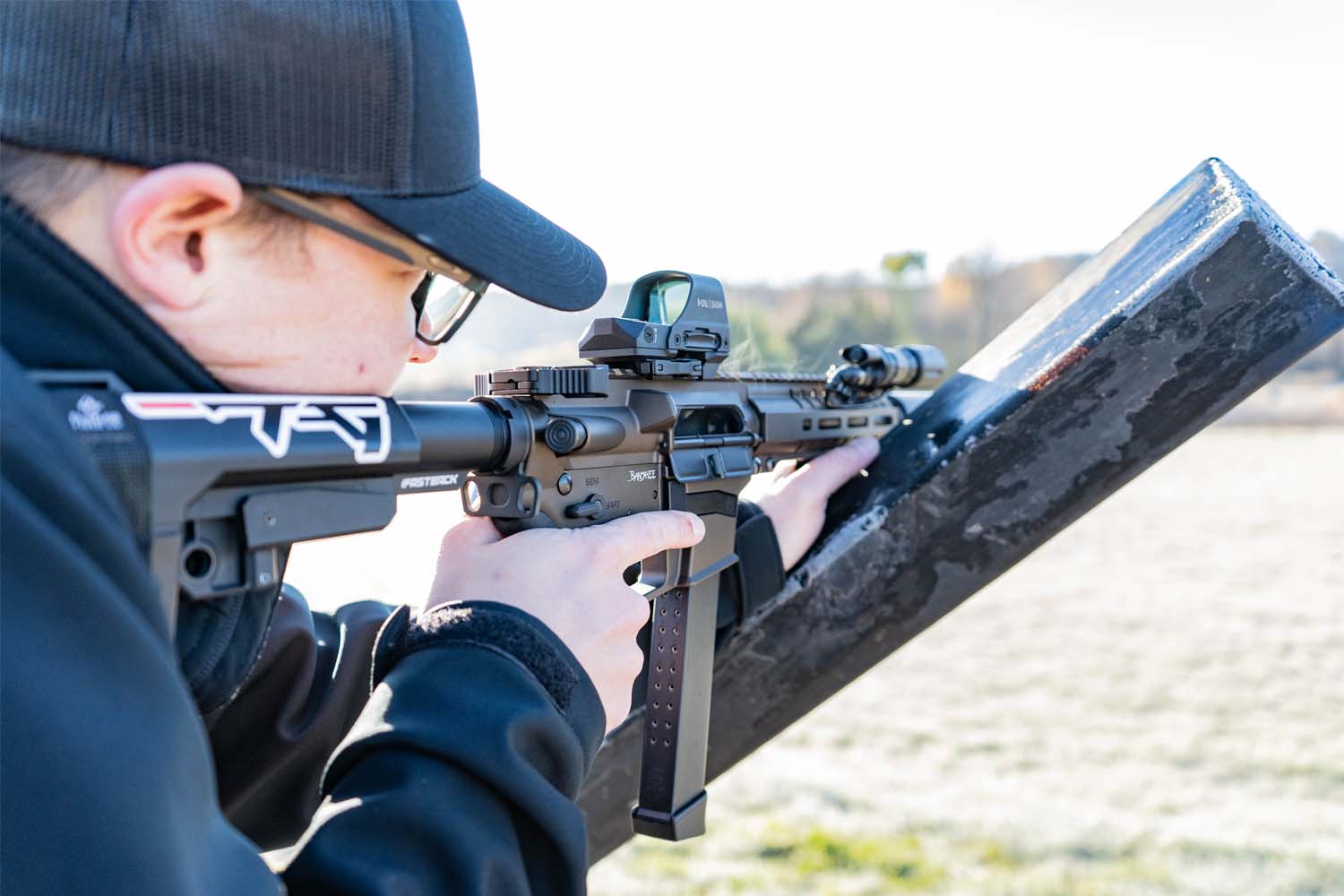Holding a rifle steady is a crucial skill for hunters, marksmen, and anyone involved in shooting sports. Whether you’re a beginner or a seasoned shooter, mastering this skill can significantly improve your accuracy and overall shooting performance. Here are some essential tips to help you hold a rifle steady.
Understanding the Fundamentals
Before delving into the specific techniques, it’s important to understand the fundamentals of shooting posture. Your stance, grip, and breathing all play a vital role in stabilizing your rifle. Here are the basics:
Stance and Positioning
- Choose the Right Stance: The most common shooting stances are the prone, kneeling, sitting, and standing positions. Each position offers varying levels of stability. The prone position is generally the most stable, followed by kneeling, sitting, and standing.
- Foot Placement: In standing positions, place your feet shoulder-width apart. Your non-dominant foot should be slightly forward to provide balance.
- Body Alignment: Align your body with the target. Your shoulders, hips, and feet should be in a straight line, facing the target.
- Weight Distribution: Distribute your weight evenly between both feet. This helps maintain balance and control.
Grip and Hold
- Firm Grip: Hold the rifle with a firm, yet relaxed grip. Avoid gripping too tightly as it can cause muscle fatigue and shaking.
- Support Hand: Use your non-dominant hand to support the rifle. Place it under the forearm or use a shooting rest or bipod for additional stability.
- Trigger Hand: Your dominant hand should control the trigger. Keep your finger off the trigger until you’re ready to shoot.
- Cheek Weld: Maintain a consistent cheek weld on the stock of the rifle. This helps with eye alignment and aiming accuracy.
Breathing Control
- Breathe Naturally: Avoid holding your breath for too long as it can lead to shakiness. Instead, take deep, steady breaths.
- Pause for Precision: Just before you take the shot, pause your breath at the natural respiratory pause—typically at the end of an exhale. This moment of stillness helps you aim more accurately.
Advanced Techniques for Rifle Stability
Once you’ve mastered the basics, you can move on to more advanced techniques to further enhance your rifle stability. Read more about holding it steady here.
Using a Sling
A rifle sling can significantly improve your stability by providing additional support. Here are a few tips on how to use it effectively:
- Proper Sling Attachment: Ensure the sling is securely attached to both the front and rear of the rifle.
- Tighten the Sling: Adjust the sling so that it’s snug but not too tight. It should provide support without causing discomfort.
- Sling Positioning: Wrap your support arm through the sling and use it to create tension. This helps to steady the rifle and reduce movement.
Shooting Rests and Bipods
Utilizing shooting rests and bipods can drastically improve your accuracy by providing a stable platform.
- Selecting a Rest: Choose a rest that is appropriate for your shooting environment. Sandbags, shooting benches, and tripods are all viable options.
- Proper Setup: Ensure the rest is level and stable. Place the rifle securely on the rest to minimize movement.
- Bipod Use: When using a bipod, adjust the legs to the appropriate height and angle. This allows for a comfortable and stable shooting position.
Recoil Management
Managing recoil effectively can help maintain your shooting accuracy.
- Firm Shoulder Placement: Ensure the buttstock of the rifle is firmly placed against your shoulder. This helps absorb the recoil.
- Lean Into the Shot: Lean slightly forward to counteract the backward force of the recoil.
- Follow Through: After taking the shot, maintain your shooting position and continue aiming at the target. This helps with recovery and readiness for the next shot.
Practice Makes Perfect
Consistent practice is key to mastering the art of holding a rifle steady. Here are some tips to make your practice sessions more effective:
Dry Fire Practice
Dry firing is a practice technique that involves shooting without live ammunition. It helps improve trigger control and stability.
- Safety First: Always ensure your rifle is unloaded before practicing dry firing.
- Simulate Real Conditions: Practice in your usual shooting stance and aim at a target. Focus on maintaining stability and proper technique.
Live Fire Drills
Incorporate live fire drills into your practice routine to enhance your shooting skills.
- Start Slow: Begin with slow, deliberate shots to focus on technique and stability.
- Increase Speed Gradually: As you become more comfortable, gradually increase the speed of your shots. This helps improve your ability to maintain stability under pressure.
- Vary Shooting Positions: Practice shooting from different positions (prone, kneeling, sitting, standing) to build versatility and adaptability.
Strength and Conditioning
Physical fitness plays a significant role in shooting performance. Incorporate strength and conditioning exercises into your routine to improve stability and endurance.
- Core Strengthening: Strong core muscles help maintain balance and control. Include exercises like planks, sit-ups, and leg raises in your workout.
- Upper Body Strength: Strengthen your arms, shoulders, and back to support the weight of the rifle. Push-ups, pull-ups, and weight lifting are effective exercises.
- Cardiovascular Fitness: Good cardiovascular health improves your overall stamina and ability to remain steady over extended periods. Regular running, cycling, or swimming can help.
Mental Preparation
Mental focus is as important as physical technique when it comes to holding a rifle steady.
Visualization Techniques
Visualizing your shots and the process of aiming can improve your mental preparedness.
- Positive Visualization: Picture yourself making accurate shots. Focus on the feel of the rifle, your stance, and the target.
- Mental Rehearsal: Run through the steps of your shooting process in your mind. This helps reinforce proper technique and build confidence.
Stress Management
Managing stress and maintaining calm can enhance your shooting performance.
- Deep Breathing: Practice deep breathing exercises to calm your mind and body before shooting.
- Mindfulness Practices: Techniques such as meditation and mindfulness can help improve focus and reduce anxiety.
Conclusion
Mastering the art of holding a rifle steady involves a combination of proper technique, consistent practice, and mental preparedness. By understanding and applying the fundamentals, using advanced techniques, and committing to regular practice, you can significantly improve your shooting accuracy and overall performance.
Keep an eye for more news & updates on TribuneTribune.com!




